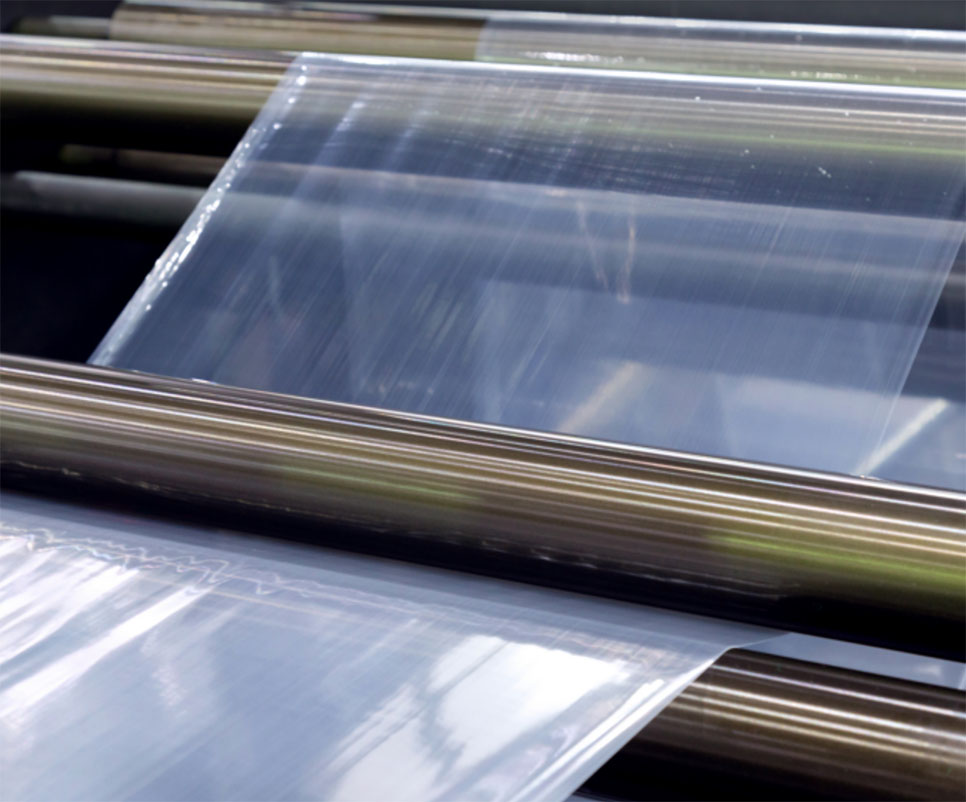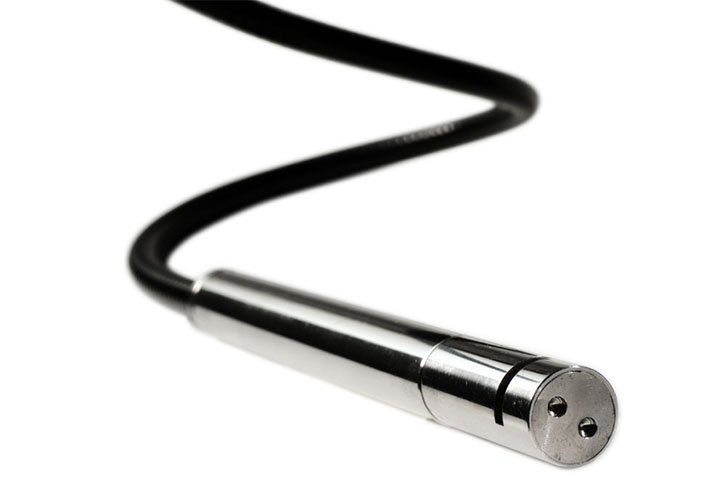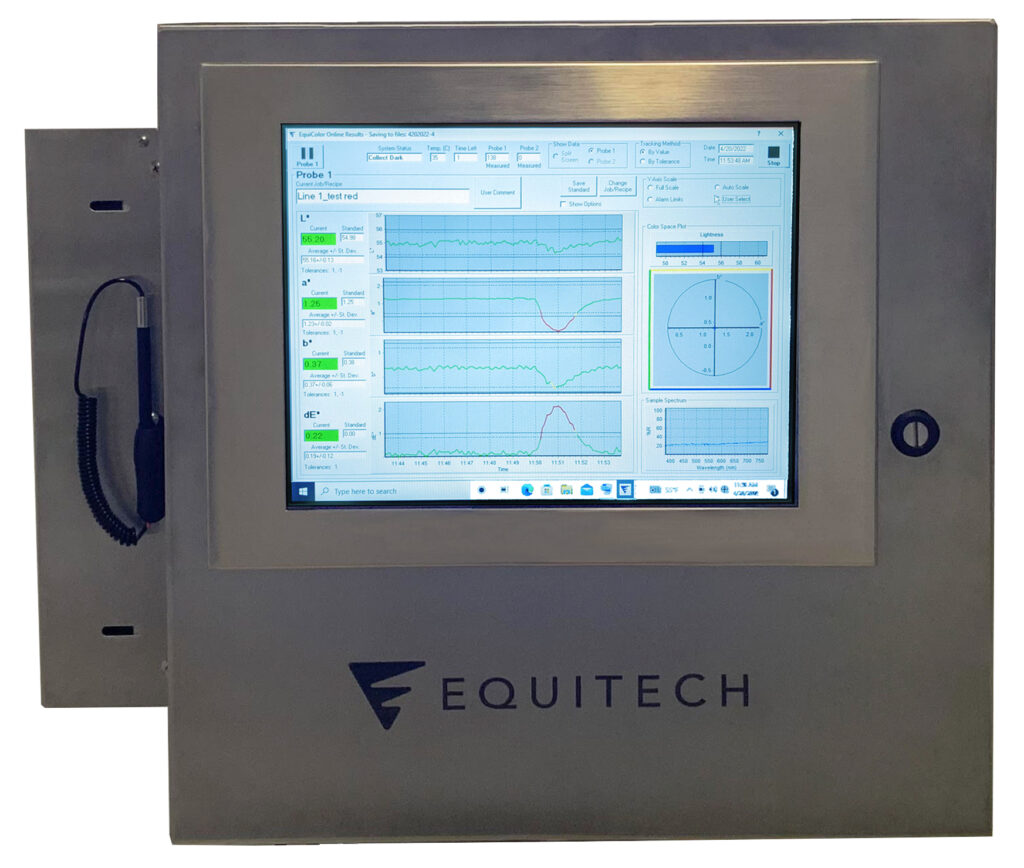In-Line Turbidity & Haze Measurement
INTRODUCTION
Turbidity is a measure of the cloudiness in fluids caused when the incident light interferes with a large number of suspended particles of different sizes that settle at different rates or not at all.
Haze is more appropriately applied to translucent solids (glass or plastic). In plastics, haze is measured as the percentage of incident light scattered by more than 2.5° through the plastic object. There are several factors responsible for the scattering of light, such as:
• Impurities contained in the plastic material
• Surface roughness and abrasion
• Crystallization or material’s level of crystallinity
• Inhomogeneities
• Porosity
• Level of cross-linking


CAUSES & APPLICATIONS
Particles in a fluid cause the incident light beam to scatter; this scattered light is detected and quantified relative to a traceable calibration standard.
The higher the quantity of the particulate material contained in a sample, the greater the scattering of the incident light beam and the higher the resulting turbidity.
Some light travels through the material in translucent objects but does not pass directly through it. Instead, the light changes direction many times and is scattered as it passes through. For this reason, things on the other side of a translucent object appear fuzzy.
Turbidity and haze are helpful for industrial processes, pharmaceuticals, beverages, chemicals, filter breakthroughs, plastics, and environmental monitoring.
IN-LINE PROCESS MEASUREMENT
Turbidity and haze values are good indicators of process quality. All parameters in the production process (temperature, pressure, production speed, feeders, pumps, etc.) directly impact turbidity or haze values.
Equitech’s In-line Process Spectrophotometer (IPS) makes possible a relative continuous turbidity or haze measurement directly in the process.
The IPS consists of a spectrophotometer and a touchscreen industrial computer integrated into a NEMA4 stainless steel box. The IPS is explicitly designed for use in the production environment where ambient conditions can include dust, vibrations, and temperature or relative humidity variations. In addition, the IPS is equipped with a thermoelectric cooling and heating device to keep the temperature inside the box at a constant level for maximum measurement stability.
The process probes are designed to be used in high-temperature, high-pressure and corrosive environments. The probes are designed with flexibility.
For example, the Retro Reflection Probe (RRP) (Fig. 4) measures chemicals in fluids where the concentration determines the optical path used. In contrast, the Integrating Sphere (IS) is used for solids. Both probes are mounted at strategic places in the process.


USER BENEFITS
• Comprehensive quality audit history of the product
• Feedback loop for closed-loop control
• Impact of process changes on the quality of the run
• Controlled color changes: start phase, end of the run
• Avoidance of off-spec batches
• Adjustment and fine-tuning of recipes
• Reduce costs – higher ROI
CONTACT US
Equitech Int’l Corporation
7711 Idlewild Road
Indian Trail, NC 28079
Tel (704) 882-4624
[email protected]
equitechintl.com
